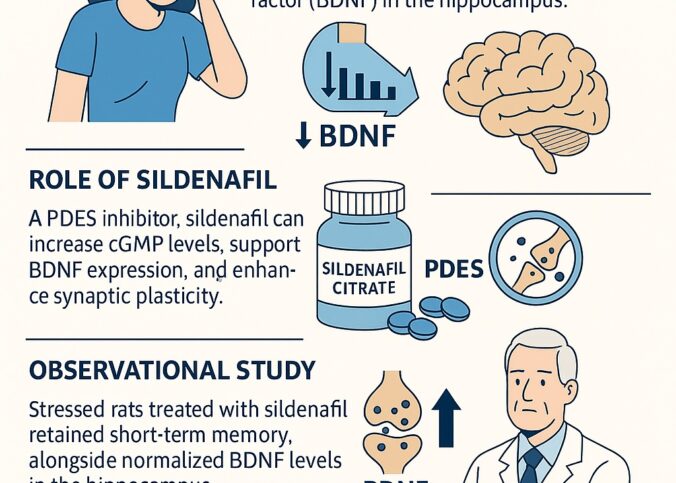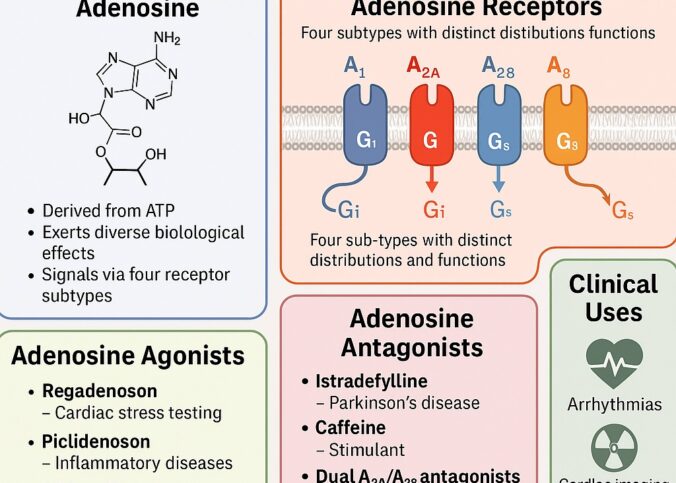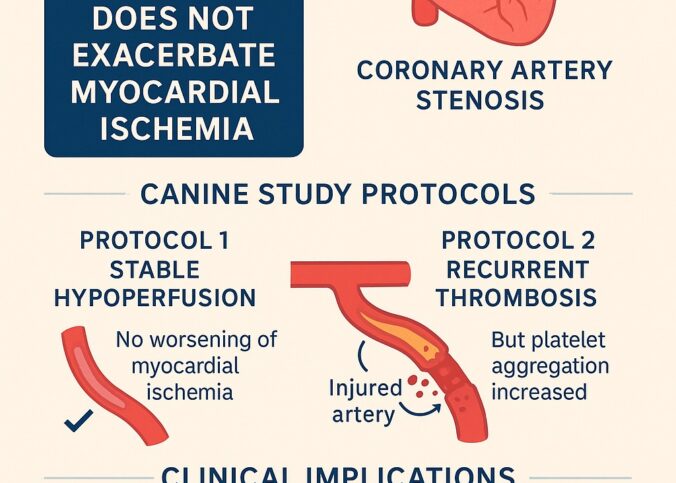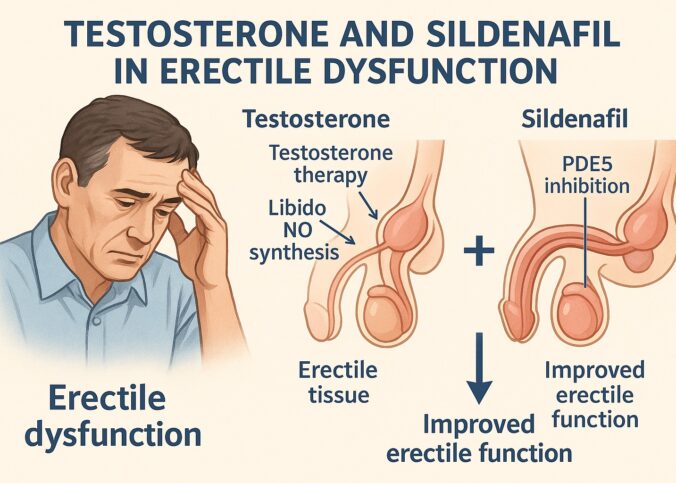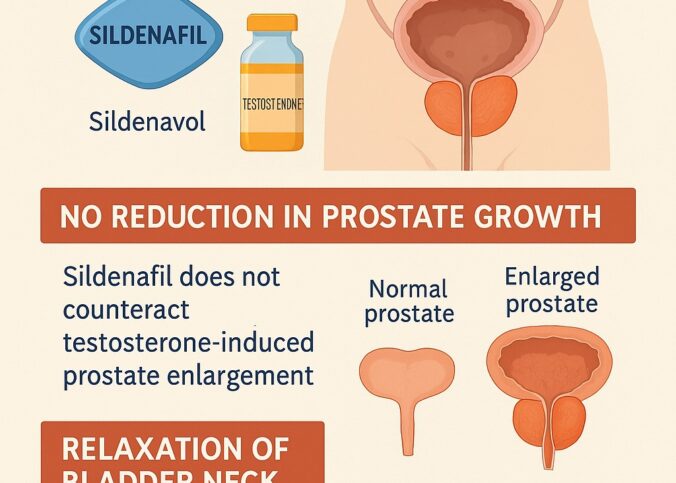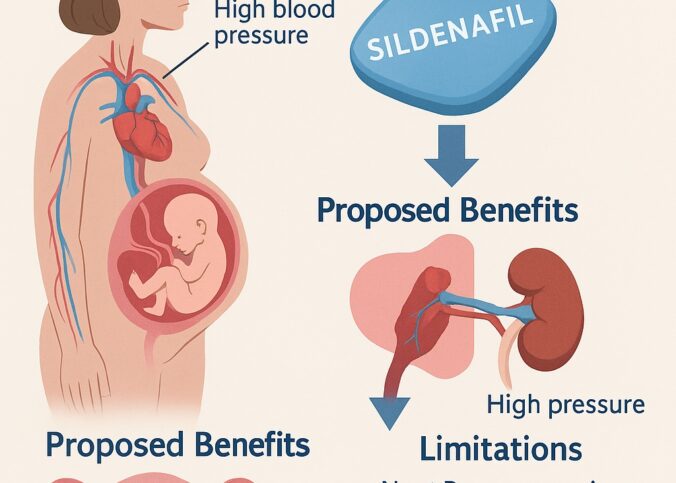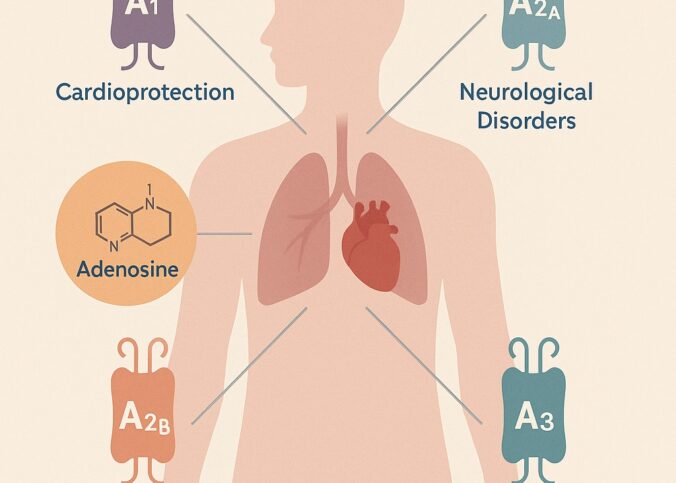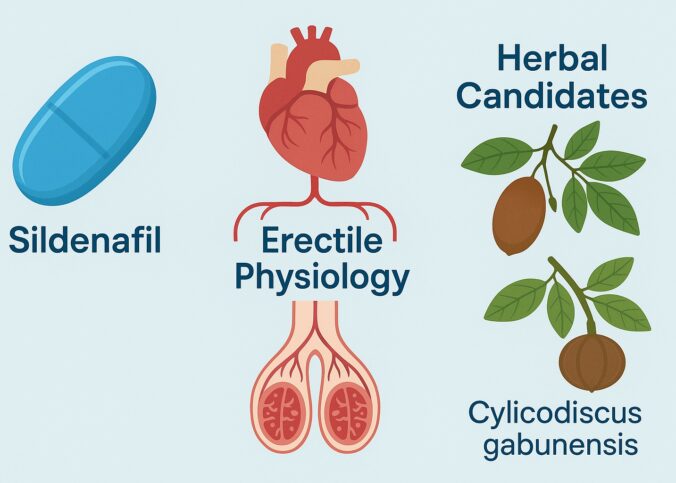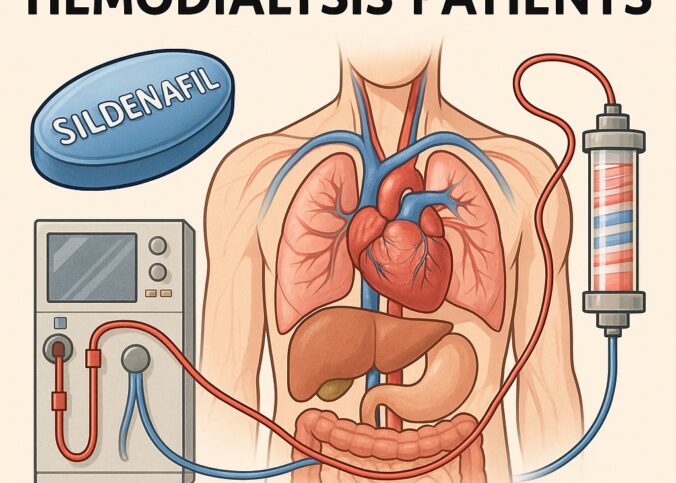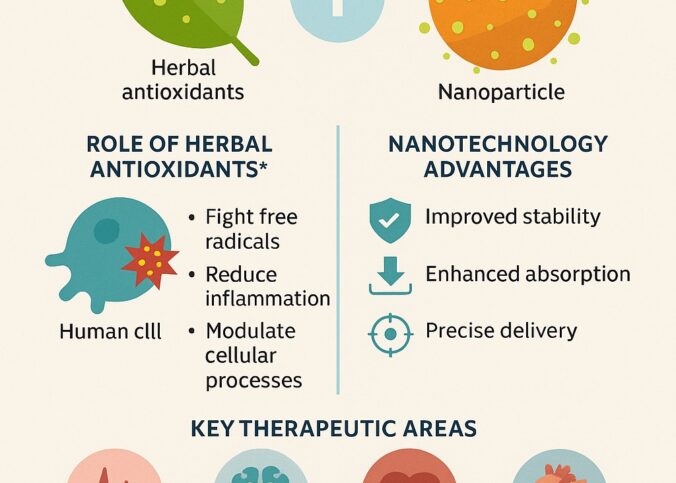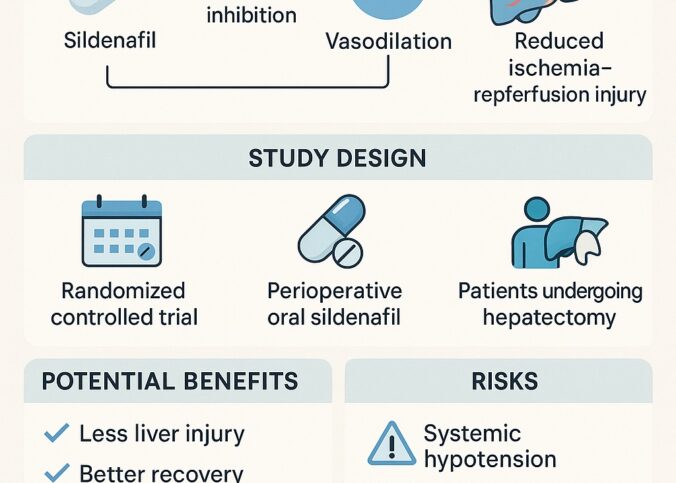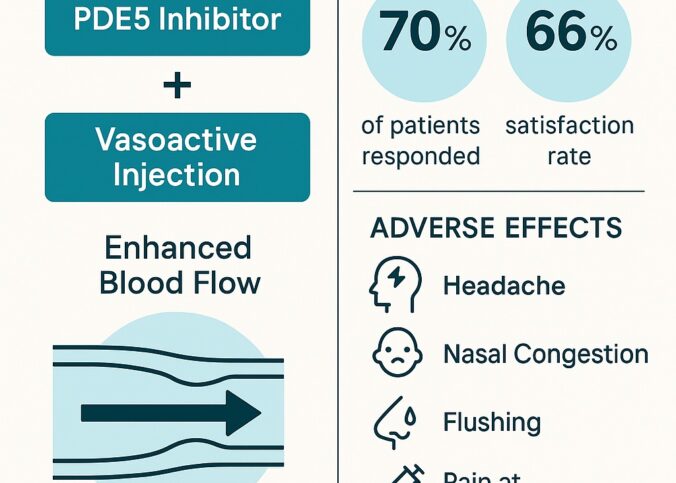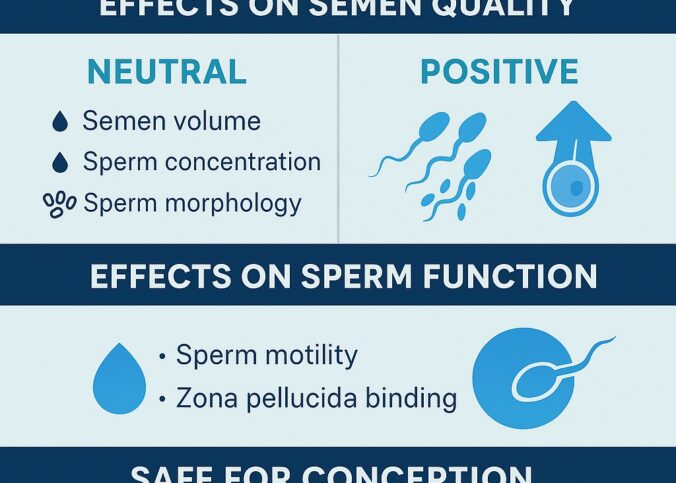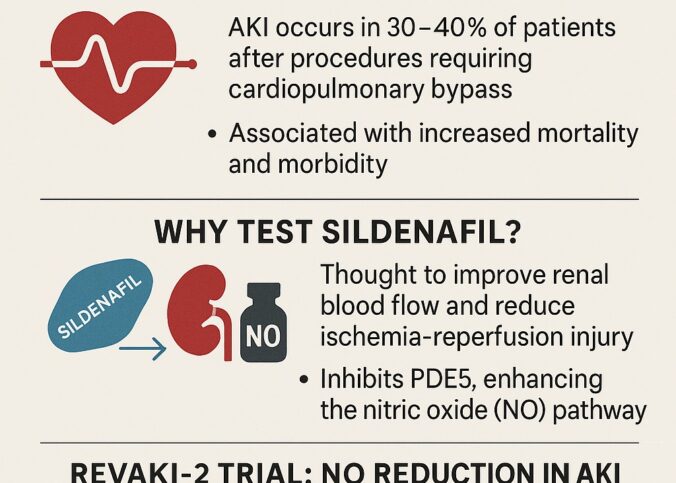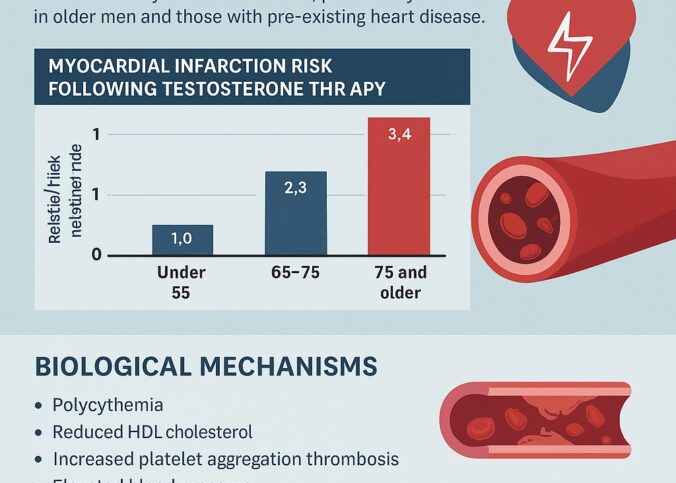Introduction Erectile dysfunction (ED) remains one of the most challenging and psychologically distressing conditions in men, not because it directly shortens life expectancy, but because it erodes intimacy, confidence, and overall quality of life. By 2025, it is projected that…
Month: September 2025
Introduction Testosterone, often portrayed as the symbol of masculinity and vitality, is in reality a tightly regulated hormone with profound effects on nearly every system of the male body. Its decline, whether due to congenital defects, acquired diseases, or functional…
Introduction The human brain is an organ of remarkable resilience, yet it is also exquisitely sensitive to the wear and tear of life’s stressors. Modern life demands multitasking, constant availability, and relentless performance, all of which place the central nervous…
Adenosine, a seemingly humble nucleoside, is in reality a master conductor of cellular communication, influencing cardiovascular function, immune responses, neural activity, and cancer progression. Over the past decades, biomedical research has revealed that adenosine is more than a metabolic byproduct—it…
Introduction Since its dramatic debut in the late 1990s, sildenafil citrate—better known under its brand name Viagra—has reshaped the management of erectile dysfunction. What began as a compound designed to investigate cardiovascular pathways quickly became a blockbuster medication that has…
Introduction Erectile dysfunction (ED) is one of the most common conditions encountered in men’s health, affecting up to half of men over the age of 40 to varying degrees. While the condition is often simplistically attributed to aging or psychological…
Introduction Few topics in men’s health inspire as much discussion as the intersection of hormones, sexual function, and the prostate. Testosterone, long regarded as the engine of male physiology, exerts wide-reaching effects on muscle mass, mood, libido, and the cardiovascular…
Introduction Preeclampsia remains one of the most formidable complications of pregnancy, affecting up to 8% of expectant mothers worldwide. Characterized by new-onset hypertension, proteinuria, and a spectrum of systemic disturbances, it continues to challenge obstetricians and researchers alike. Historically regarded…
Introduction In medicine, certain molecules appear repeatedly in seemingly unrelated contexts—cardiovascular protection, cancer biology, neurological regulation, and immune modulation. One such molecule is adenosine, a humble purine nucleoside that quietly orchestrates countless cellular functions. If the body were an orchestra,…
Introduction Erectile dysfunction (ED) is not a trivial inconvenience. For millions of men worldwide, it represents a daily struggle with intimacy, confidence, and well-being. Historically, ED was often whispered about, hidden behind closed doors, or attributed to vague “nervous complaints.”…
Introduction Erectile dysfunction (ED) is not merely an inconvenience for men with advanced kidney disease—it is a persistent and often distressing reality. The condition affects self-esteem, intimacy, and quality of life. In patients undergoing chronic hemodialysis, the prevalence of ED…
Introduction The marriage of nanotechnology and medicine has long been heralded as a defining moment in modern science. When this powerful toolkit encounters herbal antioxidants—compounds treasured for centuries in traditional medicine—something remarkable emerges. Herbal extracts are replete with polyphenols, flavonoids,…
Introduction Surgery on the liver has always been one of the more daring feats of modern medicine. The liver is large, richly vascularized, and unforgiving of surgical miscalculations. Hepatectomy—the removal of a portion of the liver—remains central to treating cancers…
Introduction In the field of cardiac surgery, few intraoperative challenges are as formidable as pulmonary hypertension (PH). Patients undergoing valvular heart surgery frequently present with elevated pulmonary arterial pressures, often secondary to long-standing left-sided heart disease. In such cases, the…
Introduction Erectile dysfunction (ED) is one of the most prevalent disorders affecting men, yet it remains among the most frustrating to manage when conventional therapies fail. Defined as the persistent inability to attain or maintain an erection sufficient for satisfactory…
Introduction When sildenafil citrate—better known by its trade name Viagra—entered the market in the late 1990s, it did more than transform the management of erectile dysfunction. It altered conversations around sexuality, aging, and male reproductive health. Almost immediately, clinicians, researchers,…
Introduction Cardiac surgery has become safer, faster, and more predictable over the past half century, but its complications remain sobering. Among them, acute kidney injury (AKI) stands out as both common and deadly. Depending on the definition used, AKI occurs…
Introduction Testosterone therapy has experienced a renaissance in recent decades. Once confined to men with well-documented hypogonadism, its prescription has broadened dramatically. Today, men well under the threshold of deficiency are often treated, sometimes without even a confirmatory hormone measurement….
Introduction Modern oncology has shifted from blunt-force chemotherapeutics to targeted interventions that manipulate the tumor microenvironment (TME). At the heart of this paradigm is the recognition that cancer is not merely a collection of proliferating malignant cells but a dynamic…
Pioglitazone as an Adjunct in Sildenafil Poor-Responders: Rethinking Erectile Dysfunction Management
Introduction Erectile dysfunction (ED) remains one of the most prevalent male sexual health concerns, affecting up to 50% of men over the age of 50. Defined as the persistent inability to attain or maintain an erection sufficient for satisfactory sexual…
Introduction Spinal cord injury (SCI) remains one of the most devastating neurological events, not only because of its obvious motor and sensory consequences but also because of the silent, often unspoken burden of sexual dysfunction. For many patients, the restoration…
Introduction Pulmonary arterial hypertension (PAH) has long been a therapeutic challenge. Defined by increased pulmonary vascular resistance leading to progressive right heart failure, it transforms the physiology of the cardiopulmonary system into a relentless spiral of dyspnea, hypoxemia, and ultimately…
Introduction Infertility is no longer a whispered diagnosis confined to the shadows of medical practice. It has become a prominent global health concern, affecting approximately 15% of couples worldwide. Among the causes, male infertility contributes nearly 50%, underscoring the critical…
Introduction Few pharmacological agents have captured the imagination of both the public and the scientific community as vividly as sildenafil citrate. Marketed globally as Viagra, sildenafil is best known for treating erectile dysfunction. However, beneath its popular reputation lies a…
Introduction In modern pharmacology, a small set of enzymes have managed to transform the way physicians view vascular physiology, sexual health, and cardiopulmonary medicine. Among these, phosphodiesterase 5 (PDE5) holds a particularly prominent role. Once considered a niche enzyme of…
Introduction Persistent pulmonary hypertension of the newborn (PPHN) is one of the most feared complications in neonatal medicine. It represents a failure of circulatory adaptation at birth, where the pulmonary arteries remain abnormally constricted, preventing the normal transition from intrauterine…
Salvaging Erectile Function: The Role of Combined Sildenafil and Intracavernous Therapy in Severe ED
Introduction Erectile dysfunction (ED) remains one of the most frustrating disorders in andrology, not merely because it impairs sexual activity but also because it threatens male identity and self-confidence. The condition is defined as the persistent inability to achieve and…
Introduction Few subjects in medicine attract as much curiosity, anxiety, and misunderstanding as erectile function. For decades, the clinical narrative was dominated by the discovery and subsequent commercial triumph of phosphodiesterase type 5 (PDE5) inhibitors—Viagra and its descendants. These medications…
Unexplained infertility remains one of the most frustrating diagnoses in reproductive medicine. Despite a normal hormonal profile, patent tubes, and satisfactory semen parameters, many couples find themselves in the agonizing category of “unexplained.” For such women, ovulation induction with clomiphene…
Introduction Recurrent miscarriage (RM) remains one of the most frustrating challenges in reproductive medicine. Defined as three or more consecutive pregnancy losses before 20 weeks of gestation, RM affects up to 1–2% of couples attempting conception. Despite advances in genetic…
Introduction Erectile dysfunction (ED) remains one of the most common yet under-discussed medical conditions affecting men worldwide. It is far more than a sexual health issue; ED has been recognized as an early marker of systemic vascular disease, metabolic dysfunction,…
Introduction Erectile dysfunction (ED) remains one of the most prevalent male sexual health concerns, affecting an estimated 150 million men worldwide, with projections to double in the coming decades. Despite the stigma that sometimes accompanies discussions of sexual health, ED…
Introduction Few challenges in perinatal medicine are as persistent and clinically relevant as intrauterine growth restriction (IUGR). Affecting up to 15% of pregnancies worldwide, IUGR is more than a statistical burden: it is a powerful predictor of perinatal mortality, neonatal…
Introduction Erectile function, though often trivialized in casual conversation, represents one of the most intricate symphonies of human physiology. Behind the scenes, neurovascular coordination, endothelial health, and hormonal balance perform a delicate concerto. When this harmony falters, the result is…
Introduction Few pharmacological agents have reshaped the therapeutic landscape of sexual medicine as dramatically as sildenafil citrate, commercially known as Viagra. Since its approval in the late 1990s, sildenafil has become a cornerstone for the management of erectile dysfunction (ED),…
Introduction Major depressive disorder (MDD) is a heterogeneous and disabling illness, affecting more than 300 million individuals worldwide. Despite decades of research and the availability of multiple pharmacological classes—selective serotonin reuptake inhibitors (SSRIs), serotonin–norepinephrine reuptake inhibitors (SNRIs), tricyclic antidepressants, monoamine…
Introduction Erectile physiology has long fascinated both clinicians and neuroscientists. From a clinical standpoint, erectile dysfunction (ED) is a prevalent disorder with profound consequences for quality of life and psychological well-being. From a scientific perspective, the mechanisms underlying erection represent…
Introduction Few diagnoses in modern medicine carry the same emotional, social, and economic burden as Alzheimer’s disease (AD). Characterized by progressive cognitive decline, memory loss, and loss of functional independence, AD is the most common cause of dementia worldwide. With…
Introduction Pulmonary hypertension (PH) remains one of the most formidable complications in cardiology, often determining prognosis more than the underlying cardiac lesion itself. In the context of valvular heart disease, surgical correction is frequently life-saving and restores normal hemodynamics. Yet…
Introduction Benign prostatic hyperplasia (BPH) and erectile dysfunction (ED) represent two of the most prevalent conditions encountered in male patients beyond the age of fifty. Both are common, chronic, and often coexist in the same individual. They share not only…
Introduction The use of antidepressant medications has transformed modern psychiatry, offering millions of patients effective relief from the disabling symptoms of major depressive disorder and related conditions. Yet this therapeutic revolution has come at a cost. Alongside improvements in mood…
Introduction Traumatic wounds represent one of the most persistent challenges in clinical practice. From minor cuts to deep surgical injuries, wound management remains central to surgery, emergency medicine, and long-term rehabilitation. Despite centuries of progress, the “ideal” wound healing agent—fast,…
Introduction Sexual health remains one of the most sensitive yet fundamental aspects of human well-being. Disorders that interfere with this dimension of life often carry not only medical but also psychological and social consequences. Among them, erectile dysfunction (ED) stands…
Introduction Prostate cancer remains one of the most prevalent malignancies among men, particularly in the aging population. Advances in screening, diagnosis, and treatment have led to steadily improving survival rates. Yet, as survival improves, a paradox emerges: long-term therapies designed…
Introduction Testicular torsion remains one of the most feared emergencies in andrology and urology. When a testis twists upon the spermatic cord, it creates an acute ischemic state that rapidly endangers tissue viability. Prompt detorsion is often lifesaving for the…
Radical cystectomy remains the cornerstone treatment for muscle-invasive bladder cancer and selected cases of high-risk non–muscle-invasive disease. Despite refinements in surgical technique, perioperative care, and the use of enhanced recovery pathways, the procedure carries a significant burden of morbidity. Patients…
Functional hypogonadism is increasingly recognized as one of the silent medical epidemics of the 21st century. Unlike classical hypogonadism caused by irreversible testicular or pituitary failure, functional hypogonadism reflects a state of reversible testosterone deficiency often driven by lifestyle and…
Introduction Infertility remains one of the most emotionally taxing conditions in reproductive medicine, and the role of endometrial receptivity is central to both natural conception and assisted reproductive technologies (ART). Among the many determinants of endometrial receptivity, endometrial thickness occupies…
Erectile dysfunction (ED) has transitioned in the last few decades from being a socially whispered embarrassment to a condition that is openly discussed in the clinic and vigorously investigated in the laboratory. The reason for this shift is straightforward: ED…
Introduction Sildenafil citrate, known worldwide under its brand name Viagra, revolutionized the management of male erectile dysfunction when it entered clinical practice in the late 1990s. Its mechanism of action is well established: inhibition of phosphodiesterase type 5 (PDE5) leads…


